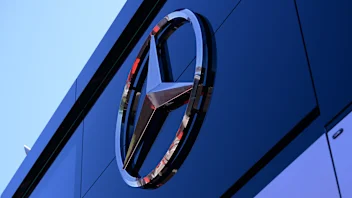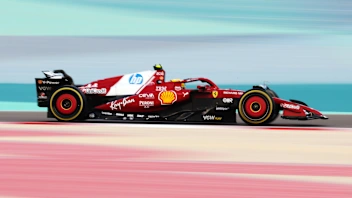Why Red Bull’s grid slot repair job in Hungary was even more impressive than it looked

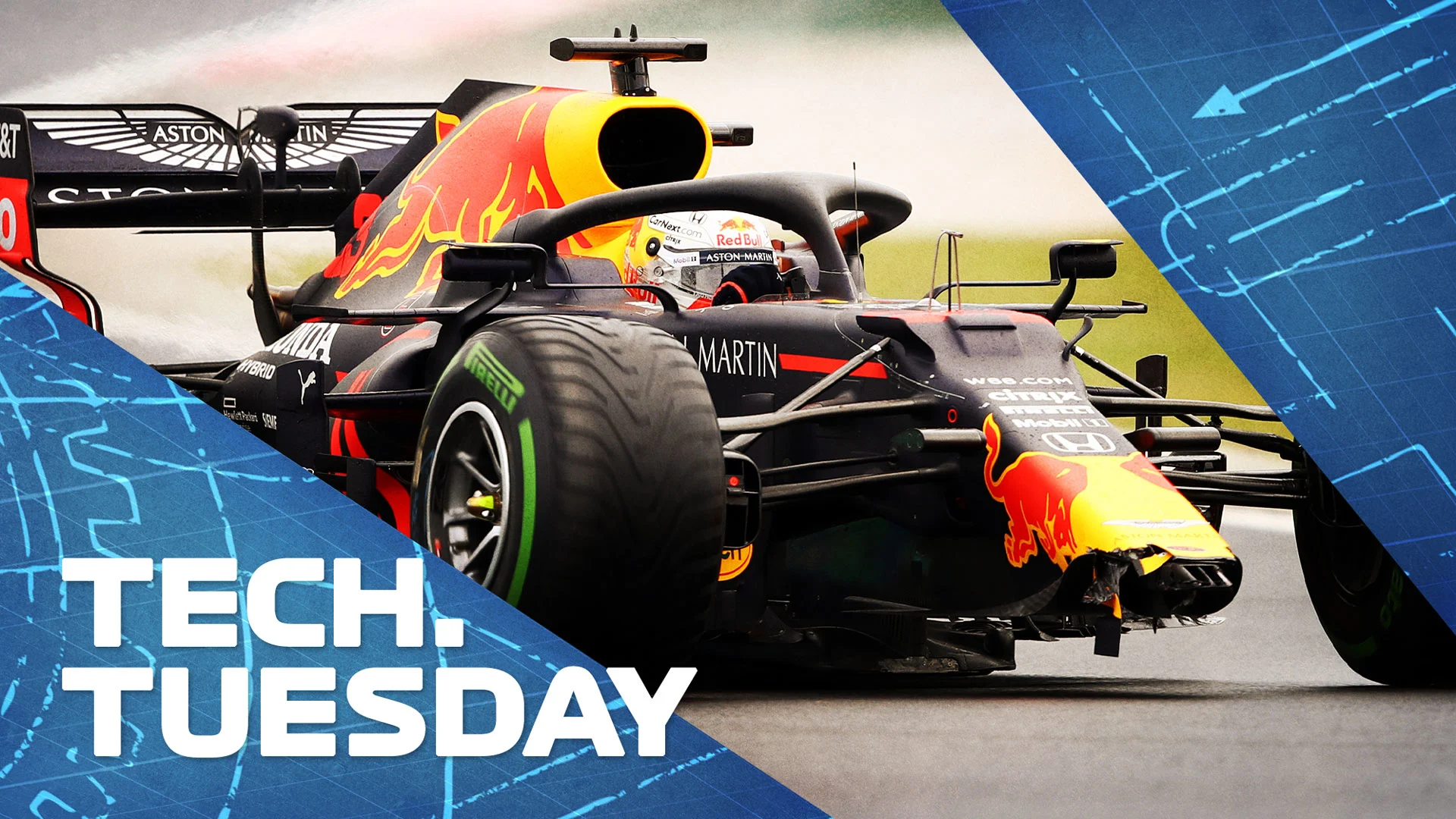
When Max Verstappen crashed on his way to the grid for the Hungarian Grand Prix, plenty of observers reasoned that his race was over before it had started. But incredibly the Red Bull mechanics managed to fix the car on the grid, with just seconds to spare. In today's Tech Tuesday feature, Mark Hughes explains why it was an even more impressive feat that it first appeared.
The heroic efforts of the Red Bull mechanics in replacing the left-front suspension of Max Verstappen’s car on the Hungaroring grid drew a standing ovation from mechanics of rival teams.
READ MORE: Verstappen was 25 seconds away from not starting the race, reveals Horner
After Verstappen had hit the tyre wall on his reconnaissance lap to the grid, he was instructed not to bring the damaged car to the pits but to drive it straight to the grid so that it could be repaired without him losing his seventh place starting position.
However, that entailed replacing the car’s pushrod and track rod in less than 20 minutes. The task was completed with 25s to spare and afterwards Verstappen was unstinting in his praise of their skill in rescuing his race. On his way to second place, he reported that the car was ‘as good as new’.
“If that had been a wishbone or a steering rack or even an upright, then you’re game over,” said team boss Christian Horner afterwards. “So it was very lucky in that respect but as the wheel went on it was tight. The work of the guys, with the sweat dripping off them, was amazing.”
Their work, however, was made even trickier by the unique layout of the Red Bull RB16’s front suspension. Specifically, the track rod which had to be replaced attaches to the steering rack inside of the chassis, behind a bulkhead – unlike every other car on the grid where the rack is exposed and easy to get at.
The wishbones transfer the cornering loads from the tyres, via the wheel uprights and feed them into the chassis. Any damage to those would have made the car unsafe and probably undriveable. The diagonally-mounted pushrod takes the vertical movement of the wheel to the inboard rocker spring. The track rods connect the steering rack to the wheels.
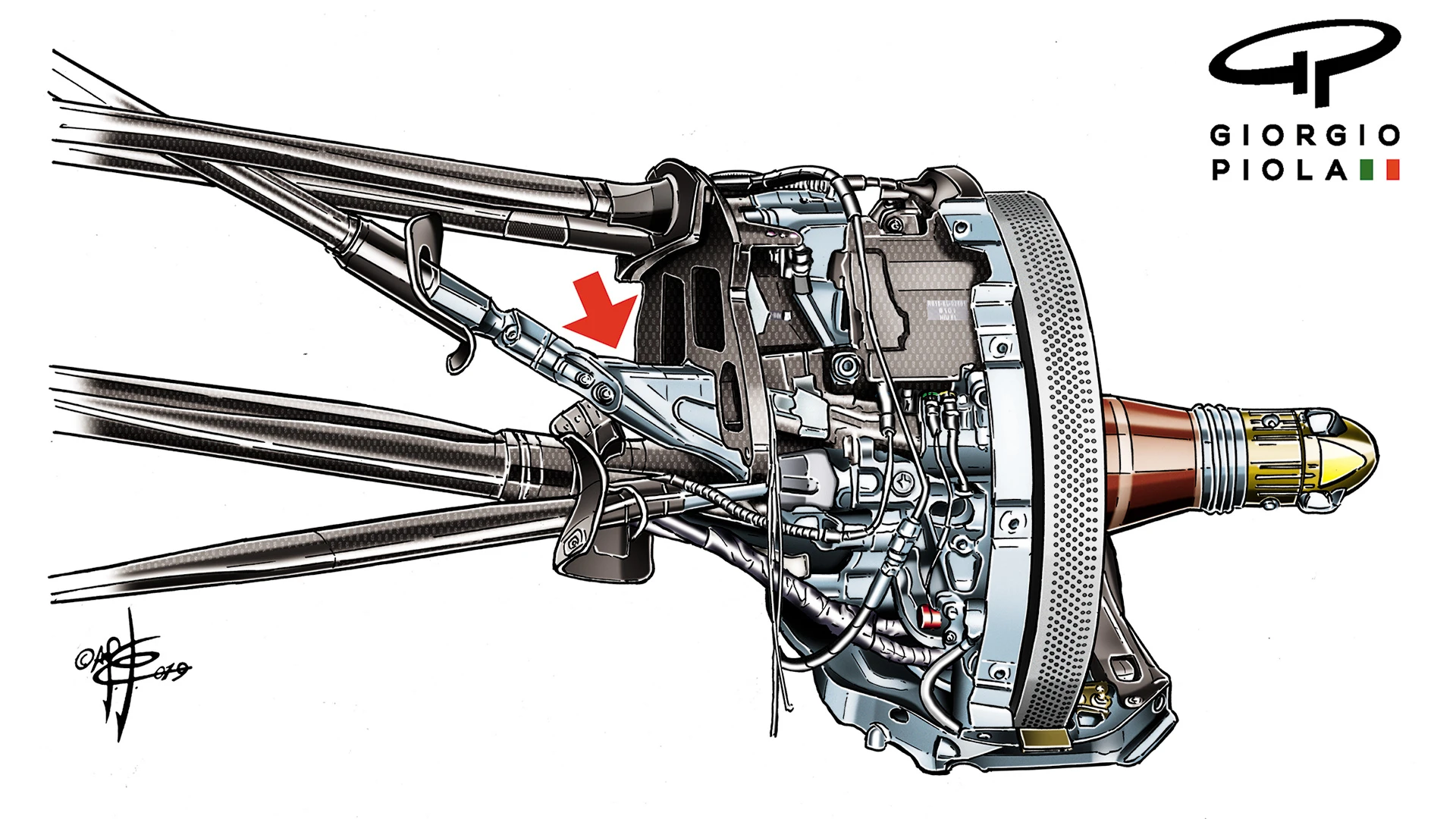
The drawing above shows where the pushrod attaches to the knuckle that is used to lower the front of the car once past a set degree of steering angle. The mechanics will have needed to have detached it from this end as well as at the rocker end inboard, as shown with the higher red arrow on the illustration below.
READ MORE: Exploring the suspension layouts that Red Bull and Mercedes have chosen in 2020
The lower arrow of that image shows where the track rod feeds into the chassis on its way to the hidden steering rack. The comparison between the RB16 and last year’s RB15 (second image in the gallery above) shows how much of a simpler job replacing last year’s track rod would have been for the mechanics.
These were the same mechanics that had pulled an all-nighter making wholescale changes to the spec of both cars on Friday night – and who then serviced Verstappen with a sub-two-second pit stop in the race. A remarkable performance all round.
More Tech Tuesdays
A close look at the ‘experimental’ new nose McLaren tested at Mugello
F1’s latest race-winning car is AlphaTauri's AT01 – but how similar is it to the 2019 Red Bull?
A look at the W11 upgrades that show how hard Mercedes are pushing to stay ahead
What does the 2021 aero rules change mean for the cars – and which teams will it hurt most?
The Mugello updates that show Racing Point's RP20 is moving away from its Mercedes W10 inspiration
Next Up
.webp)
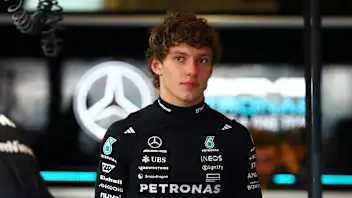
.webp)

